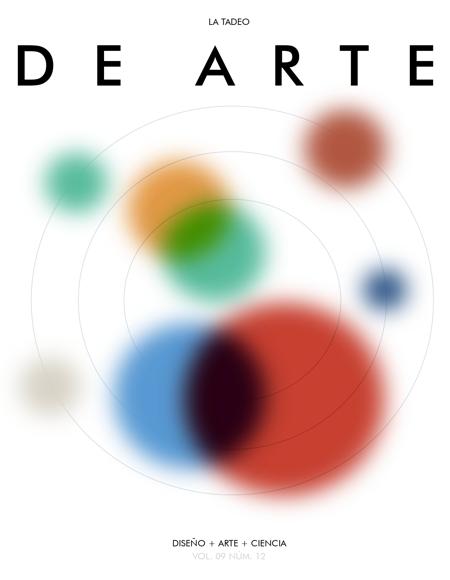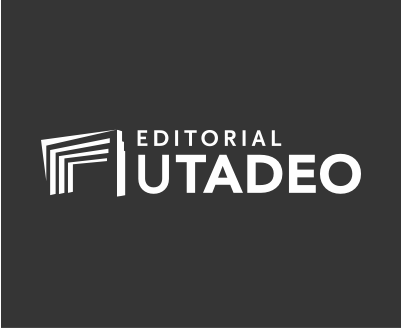
Esta obra está bajo una licencia internacional Creative Commons Atribución-NoComercial-CompartirIgual 4.0.
Esta obra está bajo una licencia internacional Creative Commons Atribución-NoComercial-CompartirIgual 4.0.
Resumen
This article proposes that the relationship between obsolescence and art is integral to the way that we conceptualize art and art movements. It looks at the need to reconceptualize the use of CRT television technology in art in the present digital age due to the way that obsolescence has enabled a shift in meaning over two distinct technological eras. Through an analysis of televisual flow and the conceptualization of physical manifestations of television and screen culture, the article argues that the category of obsolete can affect or change the way art is understood or consumed. The importance of this observation relates to theories of use value, perception and design in art and screen culture.
Citas
Ballard, S. (2013). Nam June Paik, Cybernetics and Machines at Play. In K. Cleland, L. Fisher and R. Harley (eds), Proceedings of the 19th International Symposium of Electronic Art, Sydney: ISEA, 1-4.
Benjamin, W. (1982). Illuminations, 4th edition. Fontana Suffolk.
Bolter, J.D. & Grusin, R. (2000). Remediation: Understanding New Media. First MIT Press, Cambridge.
Burges, J. (2007) The Uses Of Obsolescence: Historical Change And The Politics Of The Outmoded, In American Postmodernity. Stanford University. PhD Thesis.
Friedberg, A. (2006). The Virtual Window. MIT Press, Cambridge.
Franceschini, L. (2016) Google – Creating a More Energy Efficient Web. International Standards Organisation, ISO website. https://www.iso.org/2016/11/Ref2139.html
Hanhardt, J.C. (2000). Between Language and the Moving Image: The Art of Gary Hill. In R.C. Morgan (ed) Gary Hill. The Johns Hopkins University Press, Baltimore.
Jameson, F. (1991). Postmodernism, or The Cultural Logic of Late Capitalism. Duke University Press, New York, N.Y. https://doi.org/10.1215/9780822378419
Keen, A. (2012). Digital Vertigo: How today’s online social revolution is dividing, diminishing and disorienting us. Constable, London.
Medienkunstnetz (2018a), Medienkunstnetz, website, Wolf Vostell, Electronic Dé-coll/age, Happening Room, 1968. http://www.medienkunstnetz.de/works/elektronische-decollage/images/1/.
Meigh-Andrews, C. (2006). Video Art: the Development of Form and Function, Berg, Oxford.
Miller, D. (2005). Materiality: An Introduction. In D. Miller (ed.) Materiality. Duke University Press, Durham, pp. 1-50. https://doi.org/10.1215/9780822386711-001
Rush, M. (2007). Video Art. Thames and Hudson, London.
Sharf, S. (2016). The World’s Largest Tech Companies 2016: Apple Bests Samsung, Microsoft, Alphabet’. Forbes website, May 26 2016. https://www.forbes.com/sites/samanthasharf/2016/05/26/the-worlds-largest-tech-companies-2016-apple-bests-samsung-microsoft-and-alphabet/#1c301eddb661
Slade, G. (2006). Made to Break: Technology and Obsolescence in America. Cambridge, MA, Harvard University Press. https://doi.org/10.4159/9780674043756
Smithsonian American Art Museum (2008). Paik, Nam June, Electronic Superhighway: Continental U.S., Alaska Hawaii, 1995.
Uricchio, W. (2005). Television’s Next Generation: Technology /Interface Culture/ Flow. In Television After TV: Essays on a Medium in Transition eds Lynn Spigel and Jan Olsson, Duke University Press. https://doi.org/10.1215/9780822386278-009
Virilio, P. (1991). The Lost Dimension, Translated by Daniel Moshenberg, Semiotext(e). New York, N.Y.
Vision Invisible (2018). Adidas Originals | Original is never finished | 2018. https://www.youtube.com/watch?v=-19YaVqwioc.
Williams, R. (2003). Television: Technology and Cultural Form, (3rd ed.) Routledge Classics, London. https://doi.org/10.4324/9780203426647
Descargas
Datos de publicación
Perfil evaluadores/as N/D
Declaraciones de autoría
- Sociedad académica
- Universidad de Bogotá Jorge Tadeo Lozano
- Editorial
- Universidad de Bogotá Jorge Tadeo Lozano

 PDF (post-print) (English)
PDF (post-print) (English)
 FLIP
FLIP













